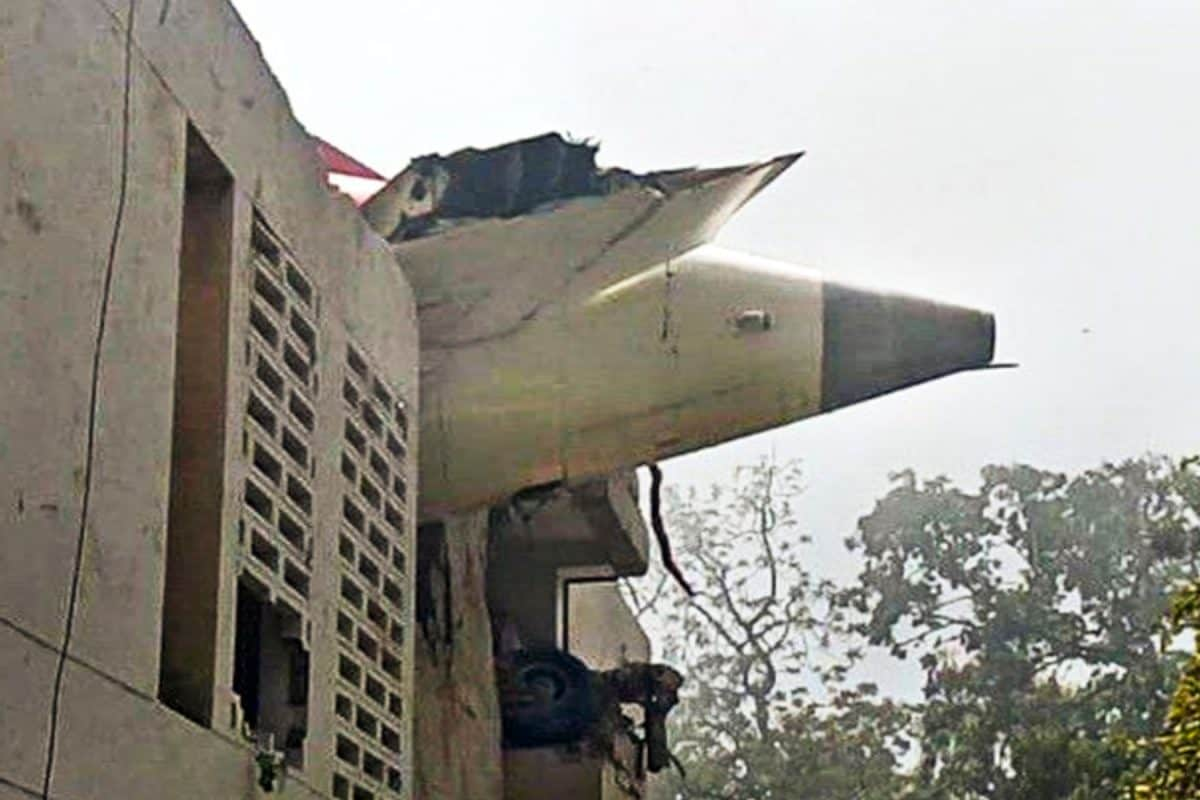

The recent Air India Boeing 787 Dreamliner crash near Ahmedabad is expected to trigger insurance claims exceeding ₹1,000 crore (over $120 million), potentially becoming India's most expensive aviation insurance payout to date. The crash, which occurred shortly after takeoff on Thursday, resulted in the deaths of over 240 people and caused extensive damage on the ground, raising significant liability and hull loss concerns for insurers and reinsurers worldwide.
The Air India Flight 171, a Boeing 787-8 Dreamliner bound for London Gatwick, crashed just 32 seconds after departing from Sardar Vallabhbhai Patel International Airport in Ahmedabad. The aircraft, carrying 242 people, including 12 crew members, failed to gain sufficient lift, leading to the tragic incident. Among the passengers were 169 Indian nationals, 53 British nationals, 7 Portuguese nationals, and one Canadian national. The plane crashed into a residential area, striking a medical school hostel and exacerbating the disaster.
The insurance claims are anticipated to encompass two primary categories: hull loss and liability. The hull loss pertains to the physical damage to the aircraft itself. According to reports, the Dreamliner, registered as VT-ABN and delivered in 2013, was insured for approximately $115 million in 2021. The final valuation, however, will depend on its configuration, age, and market conditions at the time of the loss. Aviation hull all-risk insurance covers the declared value of the aircraft, including its spares and equipment, whether the damage is partial or total.
Liability claims, on the other hand, involve compensation for passenger deaths, injuries, and third-party property damage. These claims are expected to surpass the hull loss significantly. Passenger compensation will be determined based on the Montreal Convention of 1999, to which India is a signatory. This convention uses Special Drawing Rights (SDRs) to calculate compensation, which currently amounts to roughly ₹1.45 crore (approximately $171,000) per passenger. Additionally, the Tata Group, Air India's parent company, has announced a compensation of ₹1 crore to the families of each deceased passenger.
The substantial insurance payout will be shared amongst multiple insurers and reinsurers. Air India's fleet is insured under a $20-billion aviation insurance program, underwritten partly by Tata AIG, along with other Indian insurers. However, Indian insurers are expected to cover only a small fraction (5-10%) of the total claim, with the remaining portion being handled by international reinsurers. A global consortium led by AIG manages the reinsurance risk, with backing from Indian public sector insurers like New India Assurance and GIC Re.
In light of the tragedy, the Life Insurance Corporation of India (LIC) has announced measures to expedite claim processing for the affected families. The insurer will relax certain documentation requirements, accepting government records or proof of compensation in lieu of death certificates to facilitate faster settlements.
The Air India crash marks the first fatal incident involving a Boeing 787 Dreamliner since the model's inception. It also occurs during a critical period for Air India, which is undergoing a significant transformation under the Tata Group's privatization efforts. The incident has raised concerns about aviation safety and the potential financial repercussions for the insurance industry.